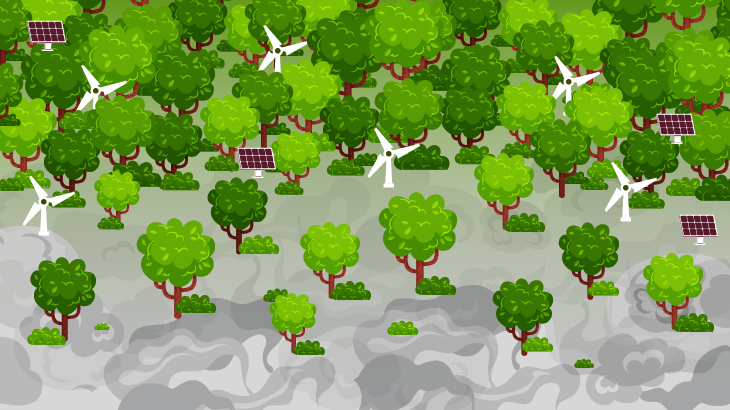
The most recent
Abstract
This study aims to establish a comprehensive linkage between CO2 emissions and the composition of energy sources, economic growth, and reforestation, thereby shedding light on their intricate connections in Colombia over the period 1970-2018. First, we use different types of energy consumption including non-renewable, renewable, and hydroelectric sources. As expected, our findings reveal a noteworthy effect of non-renewable sources that lead to increased emissions, while renewable sources help mitigate those emissions. Second, the preservation of forested areas plays a crucial role in mitigating CO2 emissions. Third, the agricultural sector significantly contributes to the rise in emissions, encompassing both crops and livestock, a characteristic often observed in emerging economies. Moreover, in the long-run equilibrium, we find real GDP show the characteristic inverted U-shaped pattern commonly linked with the Environmental Kuznets Curve (EKC) hypothesis.


